Tank Encyclopedia's Archives
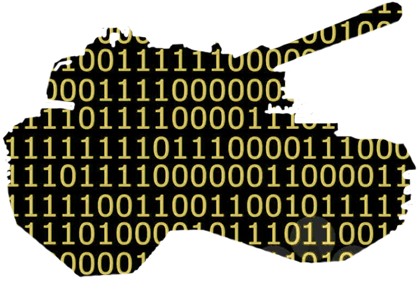 A sub of Tank Encyclopedia. This is the new archive section, with all former entries, and a search engine.
A sub of Tank Encyclopedia. This is the new archive section, with all former entries, and a search engine. ➀ All single vehicles are accessible by nations and eras in a more consistent and logical way than previously. ADS are needed due to finance better server performances as audience grows. But you can support also it through merchandise here.
➁ New posts weekly. These are mere "entry into matter", for vehicles scheduled on tank-encyclopedia.com, that will be seen in the latter in much more detail. A link from the archive entry will point to the new article when up. There are still circa 2,000 serial armored vehicles to be treated over the years excluding prototypes and paper projects, so tank-afv.com will continue to run until all are treated, and follow the news of armoured vehicles around the world.
☄ About the site name: If a "Tank" is obvious to anyone in this context, "AFV" is an acronym which stands for "Armoured Fighting Vehicle". It is a catch-all definition for all military vehicles armoured (and armed), tracked or wheeled. For soft-skinned vehicles please visit truck-encyclopedia.com. See also The 2015 archive.
New Entries
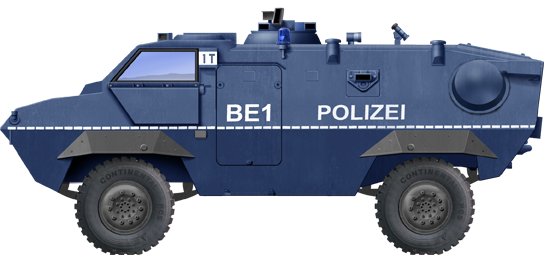
♆ 26/12/2025
 TM-170 (1979)
TM-170 (1979)
The TM-170 is a wheeled armoured personnel carrier announced in 1978 and produced a year after. It was originally designed as an APC for the military and internal security vehicle for polices, but proved adaptable for a wide range of roles. Thyssen Henschel developed it originally, before being integrated into Rheinmetall Landsystem. Today it is still maintained, parts are still built through Rheinmetall MAN Military Vehicles, Rheinmetall's Vehicle Systems Division, and it is still traded as the "Survivor R". It was tested but never used by the Bundeswehr but by the Bundesgrenzschutz, and instead widely exported, to Austria, Egypt, Iceland, Kuwait, Luxembourg, North Macedonia, and through Hanhwa Defence, Indonesia, Iraq, South Korea and through Shinjeong Development, Indonesia, Malaysia, South Korea, and Vietnam.
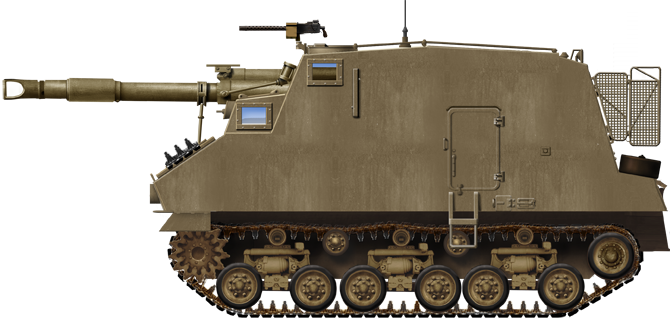
♆ 17/12/2025
 Ro'em (1980)
Ro'em (1980)
The Ro'Em was a self-propelled howitzer based on the IDF Sherman M50/51 hull, mounting a new dedicated casemate for the SOLTAM M68 L33 155mm Howitzer. Hence the name L33 "Ro'Em" (Thunder Maker in Hebrew). It was adopted just before the Yom Kippur war and deployed both on the Goland Heights and Syrian fronts, and found efficient, albeit criticized as being slow and unstable. It soldiered on in Lebanon from 1982 as well, but the arrival of the M109 self-propelled gun soon relegated it to reserve, training and eventually it was stored in parks, decommissioned in the late 1980s.
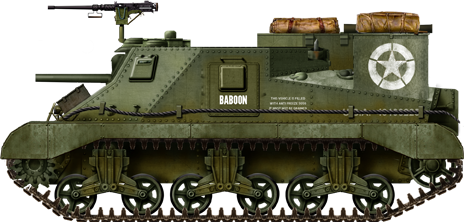
♆ 11/12/2025
 M33 Prime Mover (1942)
M33 Prime Mover (1942)
The M33 Prime Mover was an American World War II artillery tractor created by converting obsolete M3 Lee/Grant medium tanks for towing heavy guns and hauling equipment. It was based not directly on the M3 Medium Tank (Lee/Grant) chassis but one the M31 TRV derived from it. It became the go-to all-terrain Heavy artillery prime mover, for the 8-inch howitzer and 240 mm M1 "Black Dragon", heaviest piece of field ordnance deployed by the US Army in WW2. Apart the removal of the turret and an internal winch for gun-handling operations it was only defended by a cal.05 heavy MG, and saw service mainly with U.S. Army heavy artillery battalions in Italy, NW Europe and in the Pacific. It was an interim solution until more specialized artillery tractors like the M4, M5, and M6 High-Speed Tractors were available. The M33 was one of the three "susbtitute standards" used in 1944 with the M34 and M35 prime movers.
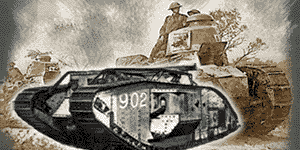
WW1 Tanks & Armored Cars
Born in the Trenches, when the front became static, the idea of the tank was a resurgence of ...science fiction, when some looked at HG Wells' "land battleships" novel. In UK, development was stirred by Wintson Churchill and the Navy. In France, by an artillery officer, J.B. Estienne. And soon the world took notice. Tanks were rare and few in between still, with grand plans in 1918 that never were realized. When the front was not static, armored cars reigned supreme.
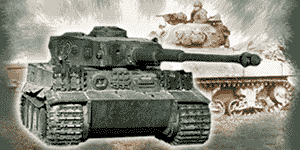
WW2 Tanks & Armored Cars
In 1939, thanks had nearly two decades to evolve at peacetime rate, though the boiling of new ideas of tactics and combined arms, with some armies more acute of these than any others. Ground combat proved absolute masters of these new ideas, the Wehrmacht, with luck and opposite incompetence. After moving to USSR, the fight moved to Africa, then to Italy and back to Western Europe at large, driving fast-paced innovation in a deadly food chain contest.
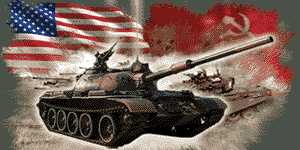
Cold War Armoured Fighting Vehicles
The atomic age started with the opposition of two superpowers, which developed deterrence but at the same time, always considered conventional warfare. Far from peaceful, this second half century, until 1991, saw gradual improvement, with a gap of twenty years before generations, towards 2nd, 3rd and 4th generation main battle tanks and a cohort of armoured personal carriers, infantry fighting vehicles, and many specialized variants, wheeled and tracked.
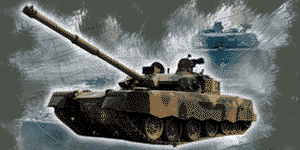
Modern Armoured Fighting Vehicles
As the recent conflict in Ukraine shows us, the tank is still useful in the frame of a conventional war. However drones unexpectedly showed deadlier as well as artillery. Between 1991 and 2025are we really seeing a radical transformation of ground warfare ? One thing is sure through for all generals: The main battle tank is still king of the battlefield, when well used and accompanied. From city scapes to desert, steppe, rolly hills and mountains, even coming from the sea, the tank adapted and is there to stay.
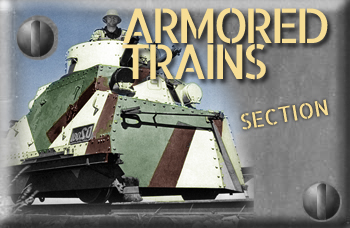
Armored Trains.
The New section in development
The same database as for tanks: Railroad networks developed in the XIXth soon found a military use. Before even WWI, train attacks led to armed and armored trains. This had going on for more than a century now. This will cover all WW1, WW2, but also cold war and even recent armoured trains on the long run.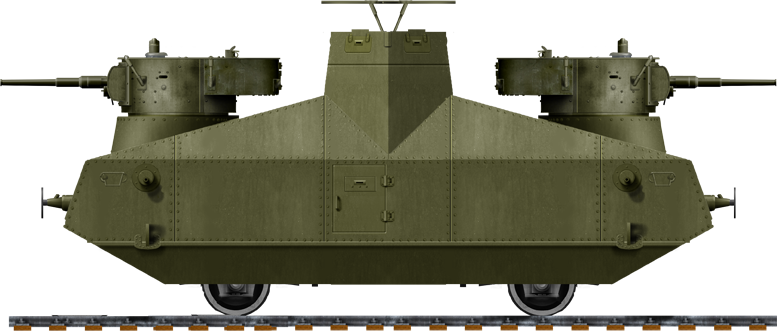
20/10.2025  D-3 Draisina (1934)
D-3 Draisina (1934)
The D-3 armored draisine was a self-propelled, armored railcar built by for Soviet in the interwar, up to the summer of 1941. The D-3 was developed from 1932 to fill the needs of the Red Army for a mass-produced, heavily armed patrol railcar. To make it affordable, as many of already existing and proven elements were used. The armament consisted in two T-26 tank model 1933 and its engine, coupled with the D-35 gearbox...
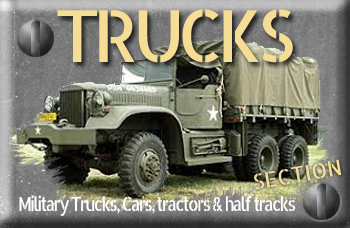
Trucks
Military Trucks and staff cars.
A dedicated section for softskin vehicles, from WWI to this day: Trucks, staff cars, reconnaissance vehicles, and artillery tractors: Truck-Encyclopedia.com.
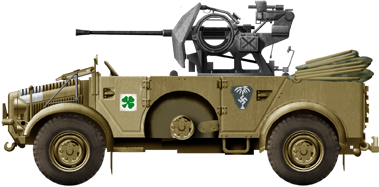
 Horch 108 (1934)
Horch 108 (1934)
23.12.2025 Horch Zwickau started production of the heavy cross-country standard staff vehicle Horch 108 in 1937, and until 1942 delivered a total of 8,135 in five different versins (Kfz). That included 1901 of the EG Typ from Ford Köln. That large 4x4 "staff-car" was on the upper scale in the Werhmacht inventory and could accomodate as much as 8 men. Here is an overview of all the variants and military designations (Kfz.). This was considered as the Schwerer geländegängiger PKW, or heavy staff car, in 2x4 or 4x4 configuration, 8-passenger kubelwagen often used as personal and light arty towing vehicle, found on all fronts in WW2.
Older Entries:
Alfa-Romeo 6c 2500 Coloniale * Renault AHS * Zoljanah Truck * Centurion C-RAM (2004) * Morris C4 (1942) * Steyr 640 (1935) * Polski-Fiat 621 (1935) * ATS-59 (1959) * TAM-150 (1979) * Toyota JF-45 * BMW R75 (1940) * Mazur D-350 (1958) * Renault AH series (1941) * Bedford QL * GAZ 66 (1964) * Ford V3000S * Mack NR (1942) * TAM-110 (1976) * Land Rover Serie II FC * UAZ 469 (1972) * Type 95 Mini Truck * FAP-13 (1962) MTV M1083 (1990) * Somua MCG (1932) * GAZ-A (1932) C7P * Harley-Davidson WLA * Mercedes-Benz L4500 (1939) * YAG-10 (1932) * MAN SX-45 Sky Sabre (2000) * Pinzgauer 710 (1971) * Ursus A (1925) * Citroën Type 23 (1935) * SAMIL 50 * Bedford MW * Iveco Eurocargo * Dodge M37 (1951) * GAZ-60 (1938) * Land Rover Perentie * 2S43 Malva * Laffly S15 T * MAN SX * BM-21 Grad * M87 Orkan * Albion WD FT15 * Pacific M25 Tank Transporter "Dragon Wagon" * C2P Tractor (1936) * Autocarro Unificato Pesante O.M. URSUS (1939) * ZIL-131 * Faun L900 D567 (1937) * Mack NJU 5-ton 4x4 * KrAZ-6322 * BM-30 Smerch * Isuzu Type 97 * FSC Lublin 51 (1951) * Ford G8T (1942) * SU-12 * Mercedes Benz 250 GD & G class (1978) *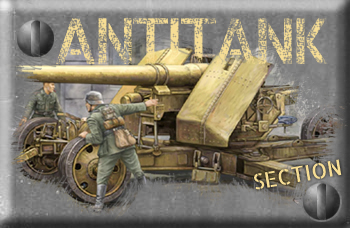
The Antitank-Encyclopedia.
All the means to destroy a Tank.
From early antitank cannons and rifles to missiles, mines and RPGs.

 203 mm field gun (tracked) B4
203 mm field gun (tracked) B4
➾ Tracked Gun produced 1931-41, 1011 manufactured.One of the most recoignizable ordnance of the Red Army in WW2, the development of the B4 tracked heavy artillery started all the way back to 1927, with a final prototype tested betwen 1931 and 1933 when it was accepted in service. Its 60° elevation and dozens of propellant charges to choose form as well as its unique tracked chassis (unpowered) made it unique and appreciated. Costly, it was used only by the Stavka's strategic reserve. Firts used in the winter war against Finland and afterwards in 1940 it was nicknamed the "Karelia Sculptor", the Germans in turn called it "Stalin's sledgehammer". It was especially valuable to deal with fortfications and in urban combat, levelling the plain field and entire blockhouses. It soldiered on until the battle of Berlin in 1945. No fortified position was strong enough.
Albeit not obviously used to deal with tanks, the sheer explosive power of its massive navy-rated HE shells, like the SU-152 led to rare occasion of direct line of sight fire by some Soviet crews, notably the one used Captain Ivan Vedmedenko (Hero of the Soviet Union) to knock-out a serie of panzers and break a counter-offensive. A few were also captured by the Germans, but also Romanian and Bulgarians. Polish forces used it from 1945. In WW2 there were two attempts at self propellers, the Su-14 and S-51. Both failed as the recoil destroyed the chassis and wounded crewmen. The B-4 howitzer remained active amazingly until 1990 with the last unit still having 150 kgs tactical nuclear shells in inventory, towed by the AT-T artillery tractor.
Upcoming:
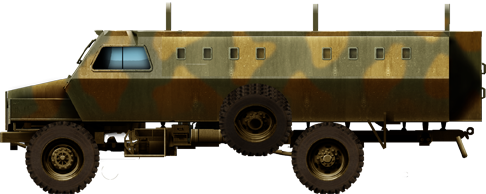
South Africa: Bosvark, MRAP Samil-50 Kwevoel RV, Ribbok, Hippo
Israel: Merkava, III, IV, M109A5 Doher/Rochev, Magach 5 Golan, M113 Golan/Zelda Toga (IDF service), MAR 290/90, M3 HT in IDF service, M50 AGM launcher, Haviv MLR, Eshel HaYarden, M2310 shilem
Britain: Vickers Mk.I MBT, Centurion AVRE, Light Mk.IV Colonial Pattern, Light Tank Mk.II, Wasp Carrier, Bren Carrier (update), FV430 Bulldog, FV105 Sultan, FV103 Spartan
USA: M548, M728 CRV, M40 155mm HMC, T12E1 CGMC, M15 Combination GMC, M13 MGMC, M12 155mm SPG, M14 MGMC, M17 MGMC, M39 Carrier, T1 Cunningham, M22 Locust, M3 HMC-75mm, M4 sherman flail, Marmon CTLS, Sherman-MkV-Crocodile, M108 SPG, LAV-300, M113 FIST, M106 MortarCarrier, M577 Command, M103, M110 howitzer
USSR/Russia: 9M317 BUK-M2, 9K330 Tor, 1S91-kvardat, 9K37M1 buk-M (SA-17-Grizzly), 2S35 Koalitsiya, BTT-1, MT-55, 9P157-2 Khrizantema-S, 9P163M-1-Kornet, 2S23 Nona SVK, BMO-T, BMP-2M, BMP-97 Vystrel, BTR-T, Ural Typhoon, R-381T-Taran, R-145BM, STZ-5 tractor/BM-13-16(Ni tank), Pioneer(Komomolets), T26T/BNSP reco vehicle/TP26, Ya12 tractor(T60/70), GT-MU soviet airborne APC, GAZ-2330 Tigr
China: Type 63G mod. light tank, VT4, Yitian-SPAAML, PLZ-07, PLZ-52, PGZ-07, PTL-02, Type 63C APC amphib Ukraine ready: BTR-60M Khorunzhy APC , BTR4 MV1
And also: LAV-6, M120 Rak, Archer, RODEF-4, Pereh-tank-destroyer, T34-D30-SPH, Iranian Rakhsh-APC, Patria II AMV, Light Tank Mark II, Mark III, Spanish AFVs interwar, TAB B33 Zimbru, Ford Lynx, Rhodesian Crocodile, Serge CDS, Jordan Khalid MBT, Jordan Al Hussein, Leonardo-M60 , wasserwerfer-SK2, BTR-152 vz53 SPAAG, MT-55, BTS-4A, BTS-2, Renault FT command, 370-Recoiless-GunsSPG, TC5000XYB
XMas Special !
Fill your basket, offer and delight your friends/family with brand new posters* of iconic tanks of WW2 to this day:
First of this new serie: All Tiger tanks liveries. See the free web version (10x smaller) and the Panther poster available here
More to come soon !
*Also available: Photo print, metal and canvas prints, postcards, mugs, bucket or dad hats, desk mat, baseball cap, t-shirts, tops, latptop or ipad/iphone skin, sleeves, cases, snap cases, but also acrylic blocks and wood mounted prints, taperstry, clocks, coasters, comforter, duvet, shower curtain, throw blanket, pillow, drawstring bag, tote or duffle bag, backpack, pin, scarf, socks, zipper pouch, hardcover journal and spiral notebook, apron and this Xmas 2023 novelty: A Jigsaw puzzle...
